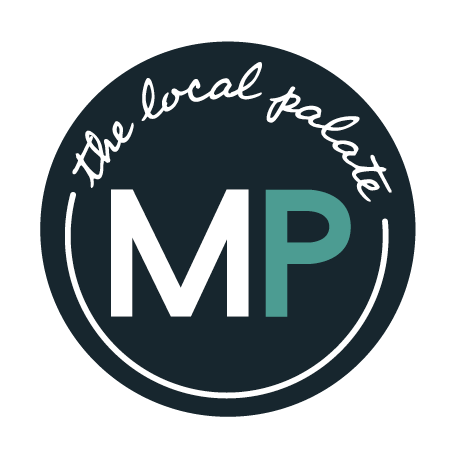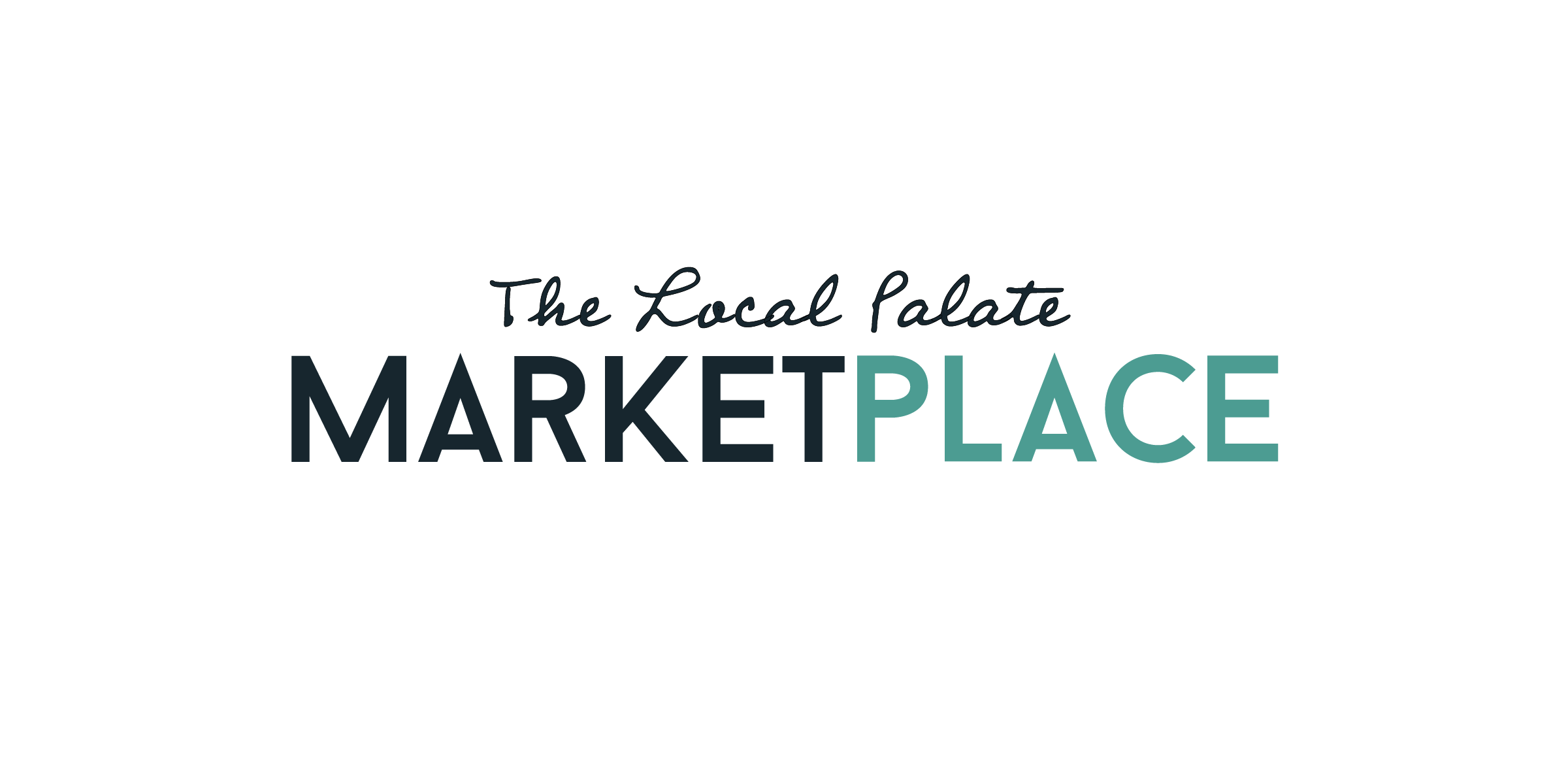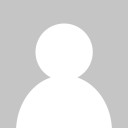It all started with a skillet.
A Griswold No. 8 to be exact. When Isaac Morton’s sister-in-law gifted it to him a decade ago, he had no idea it would inspire a hobby of rehabbing old pans and, eventually, a business—making them from scratch under the label Smithey Ironware. He’d been bitten by the cast-iron bug. The weighty, dark skillets are a funny thing; they’re cookware at its most elemental, and have deep roots in Southern food. But to home cooks who didn’t grow up around them, the pans can feel just as intimidating as the latest sous vide machine. Are any foods off-limits to cast iron? What’s this curing business? How in the world do I clean it? We’re here to help. We sat down with Morton, now a bona fide expert in the field of cast iron, to get his take on the pieces every cook needs, plus how to make the most of the pans once you’ve got them.
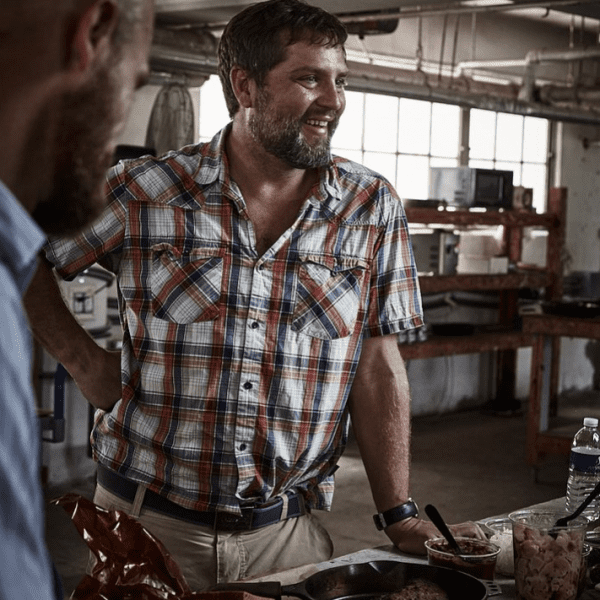
Tell us about that Griswold No. 8. What made it so special?
It was a really attractive piece of cookware. Until that point my experience with cast iron had been on rough, sandpaper-like pieces that I had a tough time cooking on. After using and admiring this old pan, I wondered why no one out there was making modern cast iron in a vintage style. I knew there had to be a market for premium cast iron in the kitchen.
We hear that before founding Smithey, you were in the business of rehabbing old skillets.
I dabbled. It’s a backyard hobby for me. I would find old skillets, mostly on eBay. These rusty, gross pieces. I’d create electrolysis baths to clean them off. That brings them back to their original silver-grey color. Then I’d re-season them. I’d give them to family and friends, and they loved it. Ultimately, it transformed into a business.
Where does the name Smithey come from?
It’s a play on a blacksmith. A smithy (without an “e”) was a nickname for a metal worker in the UK hundreds of years ago. I thought that was interesting, and figured let’s put an “e” in it so it doesn’t sound like someone’s name. It felt memorable.
What’s your favorite vintage piece in your collection?
It’d have to be that Griswold, the No. 8.
Do you still cook on those vintage pans?
I don’t have room for them because of all the Smitheys! I gave most of them away.
If someone’s interested in collecting vintage cast iron, where do you suggest they start?
I would recommend you get The Book of Griswold and Wagner (Schiffer Publishing). It’s a picture book with different styles, patterns, and estimated values. Most of the cookware in there is really rare—to find it would be a pretty good find. But to me, it’s a nice place for inspiration, to look at what was being made: trivets, hot plates, ovens, mailboxes. It’s a great way to see what could be out there.
What about when it comes to actually looking?
For finding vintage cast iron, there’s yard sales, estate sales, collector clubs, raiding your great aunt’s cupboards. But while it’s romantic and nice to stumble upon a nice piece, that maybe happens every two to three years. Really, eBay is a good place to track down pieces. There’s also a collector group called Wagner and Griswold Society. They have a chat room and meetings every year. That’s a worthwhile place to get and share information. There are some real experts out there.
Are there ways to tell a pan is too far gone?
You don’t know if it’s too far gone; that’s the challenge of rehabbing. If it’s rusty and caked up, you’ve got to uncover all that, and when you get it off, you could still have issues. If it’s warped, there’s not much you can do about it. And you could uncover some cracks as well. Warping and cracks are two things you wouldn’t want on your range.
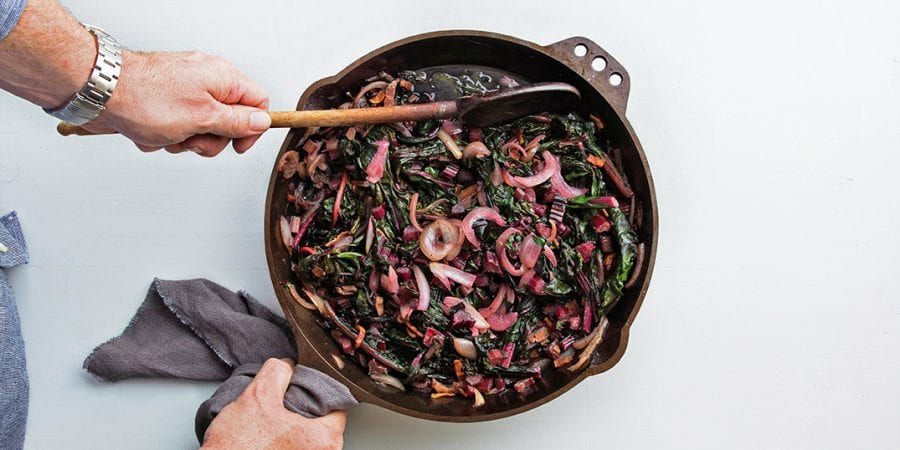
A Cast Iron Christmas List
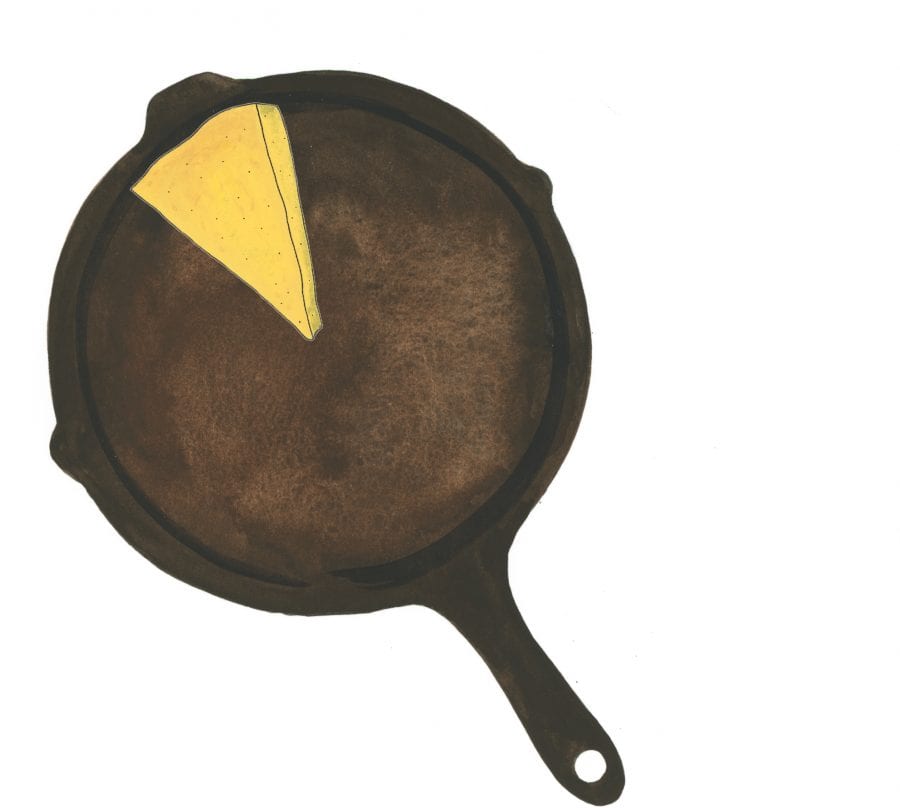
10-Inch Skillet
Smithey’s 10-inch was the first pan Morton built for a reason: It’s versatile. “Everyone needs a 10-inch cast-iron skillet on their range. It sears well, it bakes well, it isn’t too big or too small,” he says. And that means it tends to be the busiest piece in most collections. “You’ll have it the rest of your life and your descendants can bicker over who gets it when you’re gone.”
Corn Stick Pan
Impractical? Maybe, Morton says. But it does its sole job—making cornbread in the shape of small ears of corn—incredibly well. “I find that the corn sticks I make get eaten before they end up at the table, so I recommend getting several of these pans if you can,” he says. “The more I use them, the more I enjoy them. Smithey doesn’t make one—yet.”
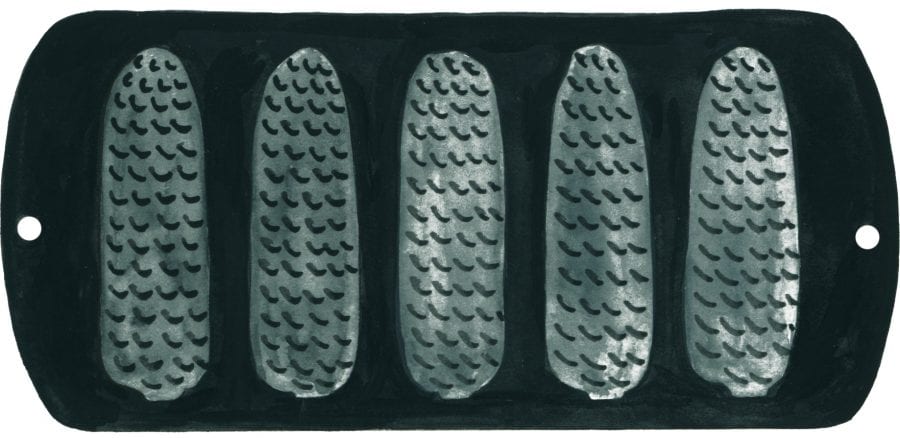
Skillet Storage
So you’ve got a budding cast iron collection. Now where are you going to keep it? “You can go elaborate or simple, but installing a pan rack over your range is a great way to display your cast iron and have it close for speedy use,” Morton says. “If you have multiple dutch ovens, you’re sure to be interested in the old vertical display stands that were manufactured by some of the vintage cast iron makers.” The multi-level racks tuck nicely in a corner and can accommodate several different styles and sizes of cast iron. Or, go the wall hanging route and let your skillets double as art—Smithey’s pans are forged with three holes on the lip for that purpose.
Griswold No. 17 Oval Roaster Dutch Oven
Consider this your dream piece. Morton’s been on the lookout for years. He’s never handled or even seen one in person. “It’s a lust object,” he admits. “It’s expensive, probably a bit impractical around a busy kitchen, heavy, and very rare. But I just love the way it looks and know that I would have a blast roasting trout over a campfire with one.”
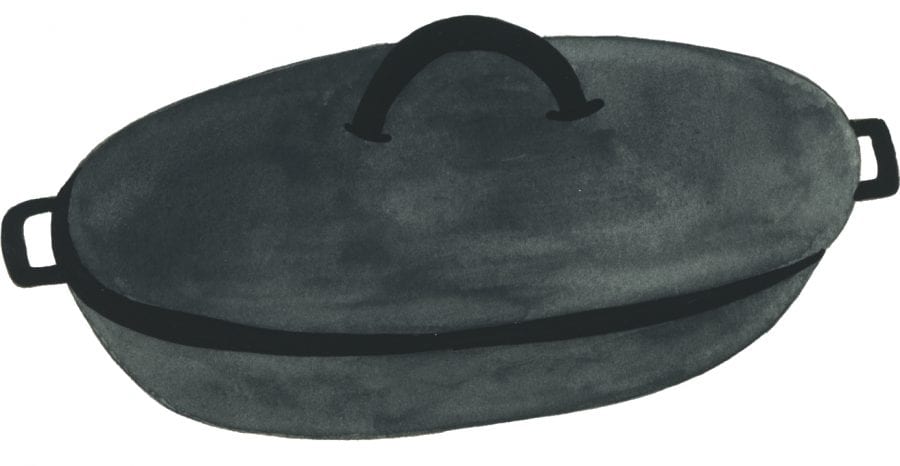

Fish Spatula
Already an essential tool for any home cook thanks to their razor-thin edges and sturdy makeup, fish spatulas are also handy for cleaning cast-iron skillets. “I scrape mine down with our spatula,” Morton says. “I wouldn’t do without it in the kitchen.” Cutlery company Lamson makes a wooden-handled version for Smithey that’s sold through its online store. If you’re buying elsewhere, look for one with an even weight and an angled edge for lifting, turning, and scraping.
Care and Keeping
Cooking
Thanks to its ability to sear beautifully, cast iron is always a natural choice for stovetop steaks, but Morton really loves it for baking. “It’s a lot of fun, whether it’s a dutch baby or cornbread or sourdough,” he says. Roasting whole chickens are up there too. “When you’re going from the range into the oven, those are terrific dishes because cast iron holds heat so well.” Breaking in a new skillet? It’s important to think about what you’ll cook first. One food that isn’t right for a non-mature pan, believe it or not, is bacon, Morton says. “As much as you’d think that should be the first thing you cook, it has a tendency to stick early on.” Instead, he suggests caramelizing onions or carrots—something with natural sugars. “It’s going to create a really nice seasoning,” he says.
Cleaning
When your skillet has cooled enough to handle, use a spatula or chain mail scrubber to lightly scrape off any residual food. Then rinse and thoroughly dry the pan before applying a light layer of oil to the cooking surface. When it comes to stuck-on bits, don’t be afraid to use a little soap, Morton says. Just don’t soak your cast iron in soapy water and let it sit. Like most good things, moderation is the key.”
Seasoning
Seasoning is the process of curing cast iron with oil to prevent rust and create a nonstick surface over time. While it’s something you can do deliberately, the best seasoning is accomplished through cooking, Morton says. A nice mix of sugars and animal fat (ground beef and onions, anyone?) is an excellent first step. You can speed the process along with seasoning outright. The traditional method calls for applying a light coat of oil—any common cooking oil or animal fat will do—to the pan’s surface and heating it upside down in an oven for an hour. But Morton prefers the quicker version of seasoning under a broiler or on a hot stovetop. He lets the oil-slicked pan rip until it begins to smoke, about ten to fifteen minutes. Just be sure to turn on a fan.
share
trending content
-
Besting Barbecue Chicken with Elliot Moss
by Emily Havener -
River City Reawakening | Listen
by Erin Byers Murray -
The Ultimate Alabama Dining Guide | Listen
by Jennifer Stewart Kornegay -
6 Must-Visit Music Joints Across Mississippi
by TLP's Partners -
Taming the Flame | Listen
More From In the Field
-
Kohlrabi: Pretty Ugly
-
Meet the Newest James Beard Award Winners from the South | Listen
-
OKO Brings Filipino Soul to East Austin | Listen
-
The Local Palate’s Guide to Chattanooga | Video
-
Find Your Top Dry Bar in the South | Listen

